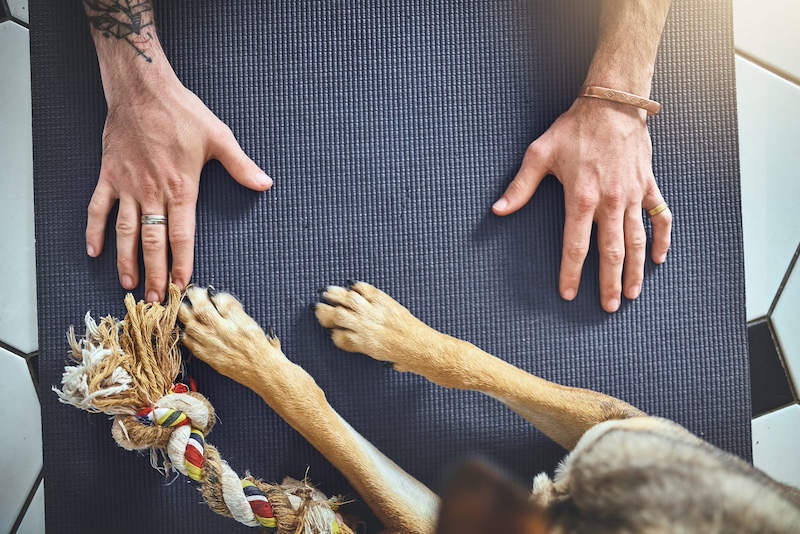Dogs’ paws are incredible, multifunctional tools that help them navigate the world. While we often focus on their adorable faces or wagging tails, a dog’s paws are just as fascinating and essential to their everyday life. Here are 10 things you might not know about your furry friend’s paws.
1. Paw Pads Act as Shock Absorbers
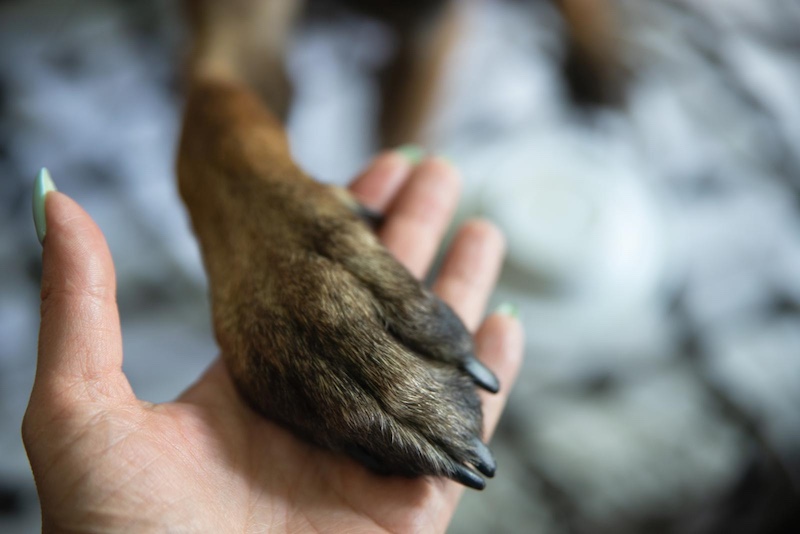
The thick, spongy pads on the bottom of a dog’s paws aren’t just for traction—they serve as shock absorbers. These pads cushion their bones and joints from the impact of walking, running, and jumping. The structure of paw pads helps distribute the weight evenly across their legs, which is especially crucial when dogs are running or landing from a jump.
2. Paw Pads Are Insulated
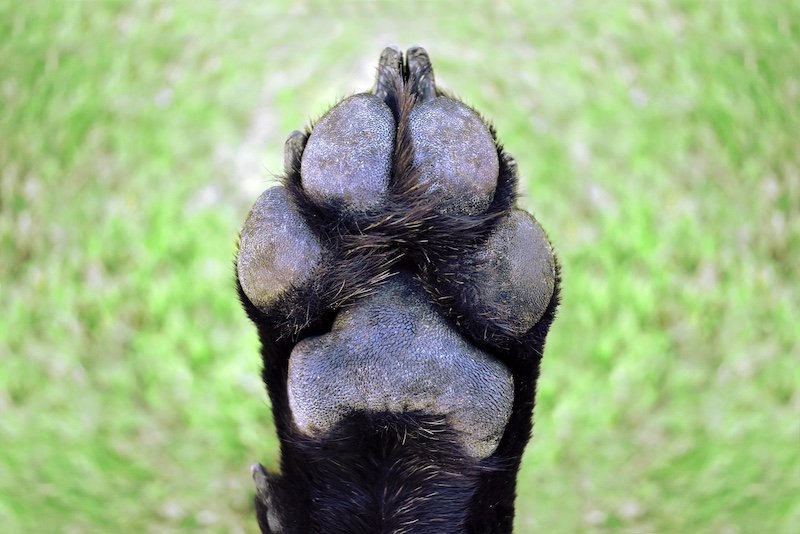
Dogs have a unique circulatory system in their paws that helps them tolerate cold temperatures. The arteries in their paw pads are positioned close to the veins, allowing the heat from the arteries to warm the blood returning from the cold ground. This system, known as countercurrent heat exchange, prevents their paws from freezing and enables them to walk on snow and ice without discomfort.
3. Paw Pads Are Sensitive
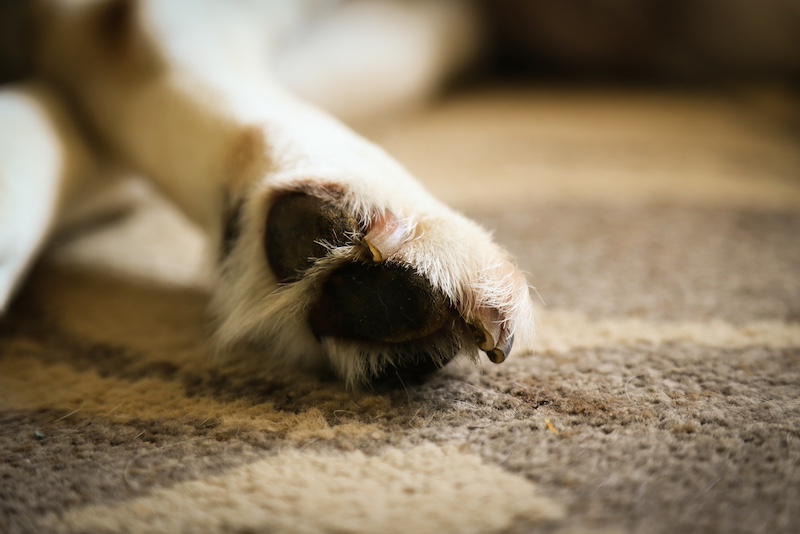
While dog paw pads are tough, they are also very sensitive. They contain numerous nerve endings that make them sensitive to touch, temperature, and pressure. This sensitivity helps dogs detect the texture and temperature of the surfaces they walk on, which can be crucial in avoiding injury. However, it also means that their paws can be easily hurt by hot pavement or sharp objects.
4. Dogs Sweat Through Their Paws

Unlike humans, dogs don’t have sweat glands all over their bodies. Instead, they sweat primarily through their paw pads. The sweat glands in their paws help keep them cool and also assist in marking territory, as the sweat leaves behind a scent unique to each dog. On a hot day, you might notice your dog leaving damp paw prints on the ground—this is their way of sweating.
5. Webbing Between Toes Helps with Swimming
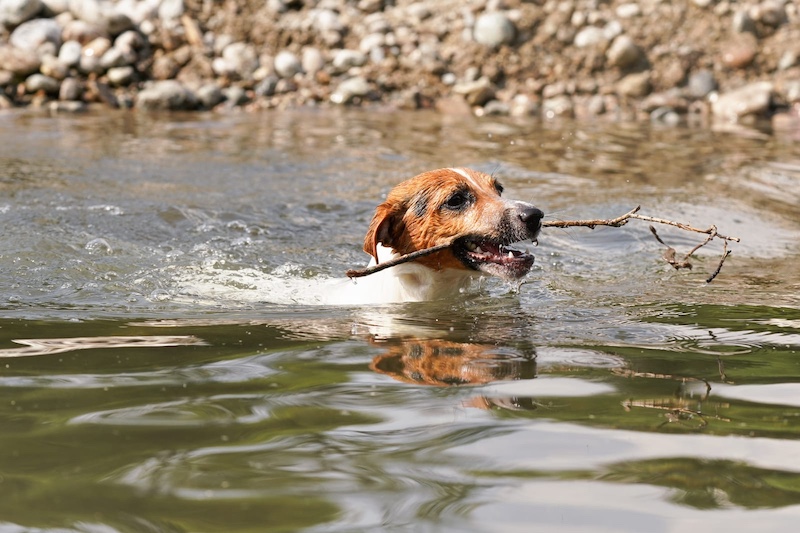
Many dog breeds, especially those bred for water activities, have webbed toes. This webbing between their toes helps them swim more efficiently by providing extra surface area to push against the water. Breeds like Labrador Retrievers and Newfoundlands are known for their webbed feet, which contribute to their excellent swimming abilities.
6. Claws Are Essential for Traction
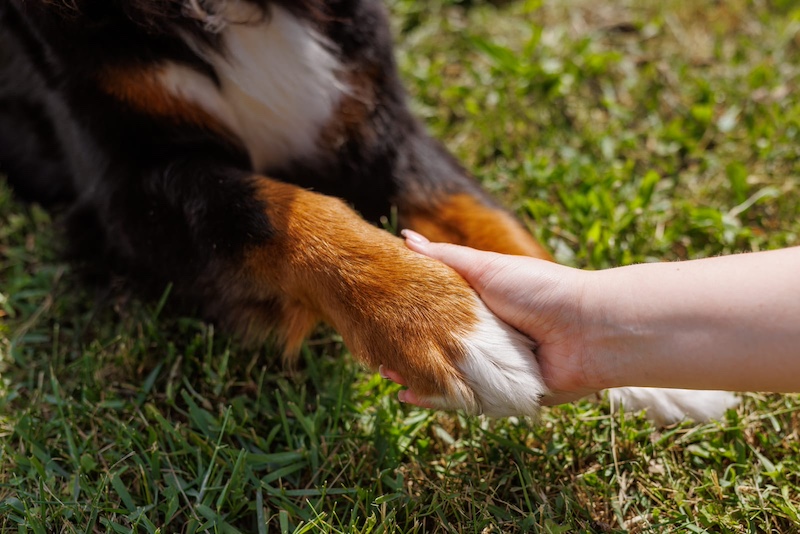
A dog’s claws aren’t just for digging or scratching—they play a crucial role in providing traction. When a dog walks or runs, their claws dig into the ground, giving them a better grip and helping to prevent slips, especially on uneven or slippery surfaces. This is why it’s essential to keep their claws at a healthy length; too long, and they can affect the dog’s gait and cause discomfort.
7. The Dewclaw Has a Purpose

The dewclaw, often considered a vestigial or “extra” toe, actually serves a purpose. Located higher up on the leg, the dewclaw doesn’t usually make contact with the ground. However, it helps with grip when dogs are holding onto bones, toys, or even when climbing or running at high speeds. Some dogs also use their dewclaws to help with stability on uneven terrain.
8. Paw Pads Can Change Color
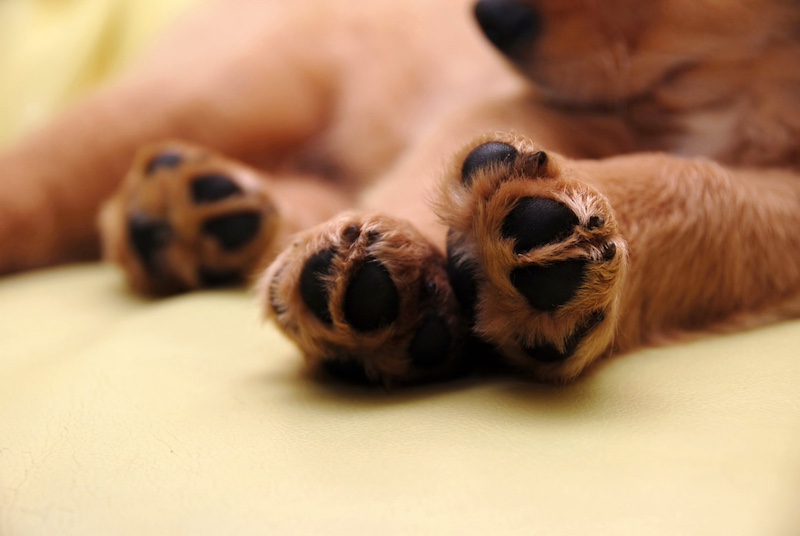
The color of a dog’s paw pads can change over time due to several factors, including age, injury, or exposure to the elements. Puppies often have pink paw pads that darken as they grow older. In some cases, dogs can develop darker spots on their paw pads from repeated pressure or friction. While most changes in color are normal, sudden or dramatic changes should be checked by a vet to rule out health issues.
9. Paw Health Reflects Overall Health

A dog’s paw health can be an indicator of their overall well-being. Cracked, dry, or irritated paw pads can be a sign of nutritional deficiencies, allergies, or exposure to harsh chemicals or surfaces. Regularly checking your dog’s paws for signs of wear and tear, cuts, or foreign objects can help you catch health problems early.
10. Paw Prints Are Unique
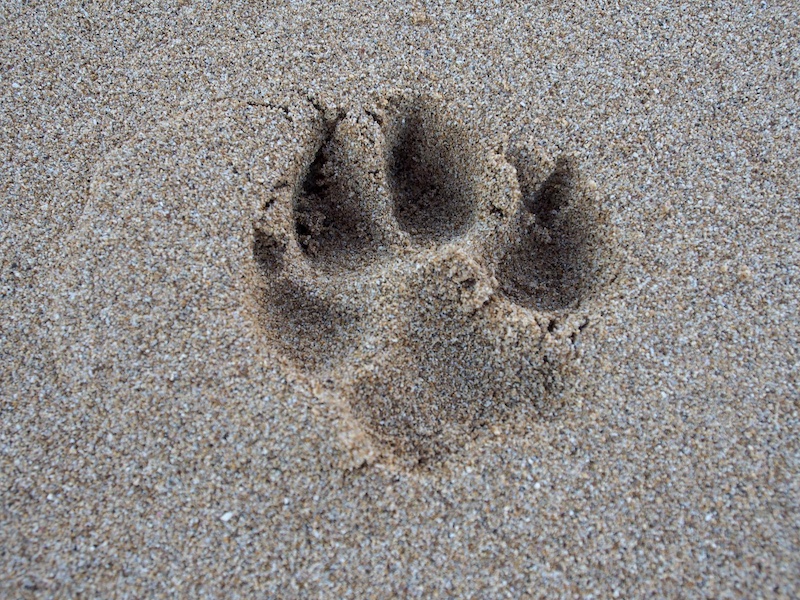
Just like human fingerprints, a dog’s paw prints are unique to each individual. The pattern of ridges and grooves on a dog’s paw pads is distinct, making each paw print one of a kind. While paw prints aren’t used for identification like fingerprints are in humans, it’s a fun fact that highlights just how special each dog truly is.
This content was created with the assistance of AI and thoroughly edited by a human before publishing

